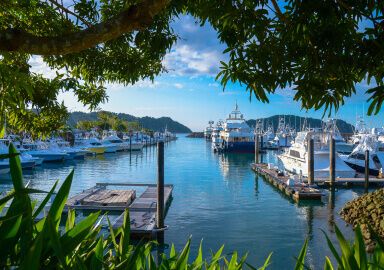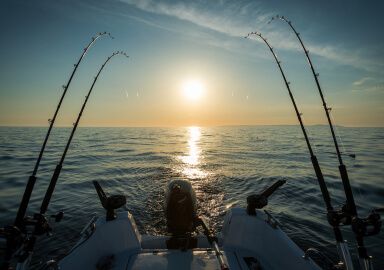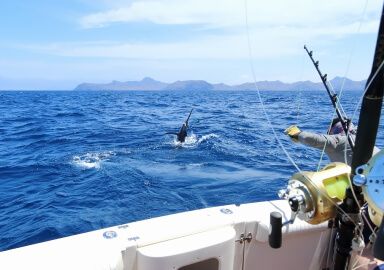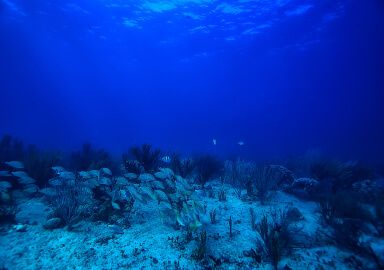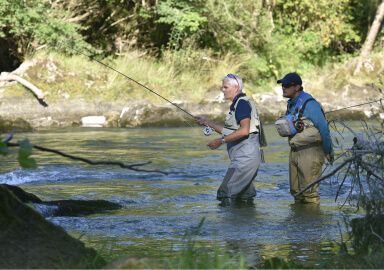Cubera Snapper
Cubera snappers are large, solid predators found around reefs and wrecks.
View 30 listings
30
listings
–
price starting from
4
countries
Where and When?
These fish may be caught throughout the year anywhere in their range which extends from Nova Scotia southwards to Santa Catarina in Brazil. They are generally a coastal species with juveniles being found close inshore and in estuaries while larger specimens usually gravitate to deeper water. The recorded depth range is from one meter (3 ft. 3 in.) to 85 m (279 ft.) and as adults they are usually associated with large, solid structures.
On the eastern seaboard of the USA, Cubera snappers are most often targeted off Florida, although the species is also found commonly in the Gulf of Mexico and around the Caribbean Sea. Most Cubera snappers are caught in the warmer months and they seem to feed more readily at this time. The species is primarily a nocturnal feeder and they usually radiate out from secure localities after dark to hunt, but return to cover if threatened.
About Cubera Snapper
There are three Cubera snappers - the Atlantic (Lutjanus cyanopterus), the Pacific (L. novemfasciatus) and the African (L. agennes). All look similar and their basic biology, breeding and feeding is also much the same. Although the Pacific one is found in southern California, most fishing effort in the USA is directed towards the Atlantic species.
All Cubera snappers are grey to dark brown on top with paler flanks which sometimes have a reddish hue. They have a typical “snapper” profile, though somewhat streamlined and can become large or even very large. They have thick lipped mouths with prominent, long, sharp teeth including incisors that stick out even when the mouth is closed. The maximum recorded length is 160 sm (63 in.) but specimens of around 90 sm (35 in.) are much more common. While the Atlantic Cubera snapper is usually regarded as the largest snapper, at about 60 kg (132 lb), the African snapper found in Gabon, is reputed to grow substantially larger.
Each year from May to August large aggregations of up to 10 000 adults, one of which is off the east Florida coast, spawn over reefs or on sandy inclines. Generally, though, adults lead solitary lives and may live for over 55 years feeding on an assortment of fish and invertebrates. Apart from spawning, no other major migrations have been noted.
How to Catch?
While juvenile Cubera snappers can often be caught from the shore, jetties or in estuaries, most adults are to be found offshore, and a boat is essential. The most productive time for fishing appears to be after dark or before dawn and so a boat with an overnight capacity, or located close to deep inshore waters and reefs, is best. Strong, reliable, well maintained tackle is critically important as mature fish are almost always resident in caves in reefs or inside solid structure. The best bait is a question of some debate, but live bait, especially lobsters, is generally considered best.
Aggregations of large Cubera snappers are often found close to large wrecks or reefs. If you hook one directly above its home area, it is almost impossible to prevent the fish from escaping to cover that will cut the line. The aim is usually to locate fish at some distance from their safe haven and, using strong tackle and some luck, keep the fish from reaching its cover. The African snapper found in Gabon lives in estuary mouths and, around dawn and dusk, may be caught on artificial lures which even include flies. Landing a mature fish is a major achievement and a lifetime memory.
Listing Types
Similar Species
 Black Snapper
3 offers
Black Snapper
3 offers
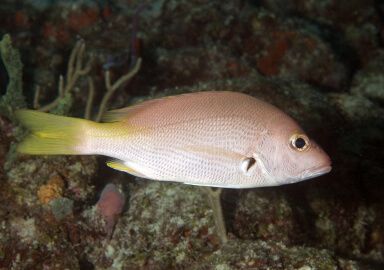 Blackfin Snapper
2 offers
Blackfin Snapper
2 offers
 Gray Snapper
5 offers
Gray Snapper
5 offers
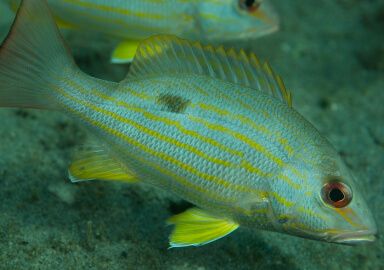 Lane Snapper
14 offers
Lane Snapper
14 offers
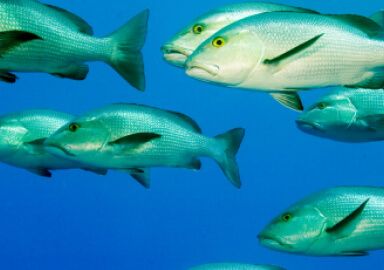 Mangrove Snapper
42 offers
Mangrove Snapper
42 offers
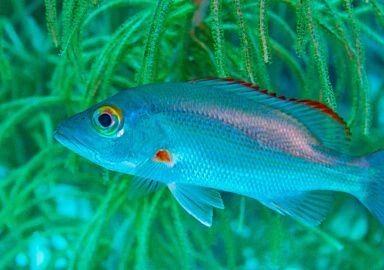 Mohogany Snapper
1 offer
Mohogany Snapper
1 offer
 Mullet Snapper
6 offers
Mullet Snapper
6 offers
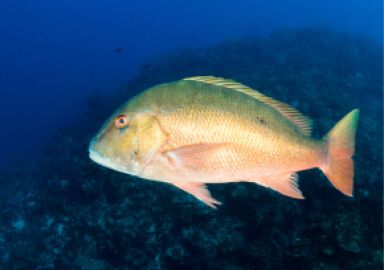 Mutton Snapper
22 offers
Mutton Snapper
22 offers
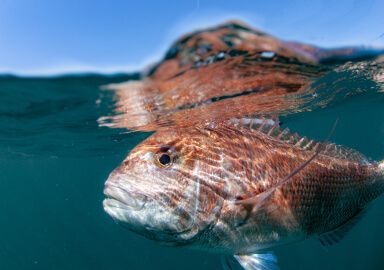 Pink Snapper
2 offers
Pink Snapper
2 offers
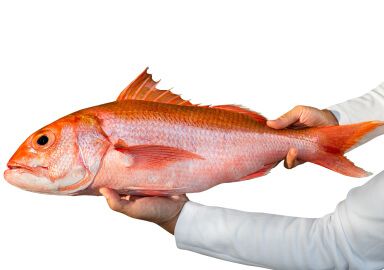 Queen Snapper
6 offers
Queen Snapper
6 offers
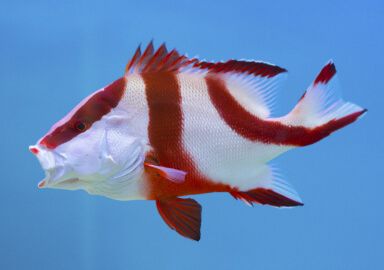 Red Emperor Snapper
7 offers
Red Emperor Snapper
7 offers
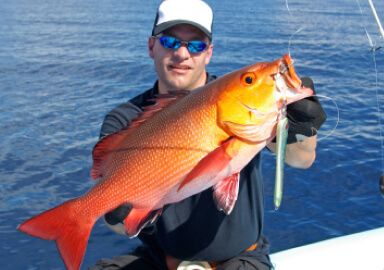 Red Snapper
99 offers
Red Snapper
99 offers
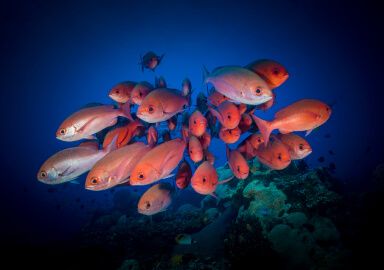 Short-Tail Red Snapper
1 offer
Short-Tail Red Snapper
1 offer
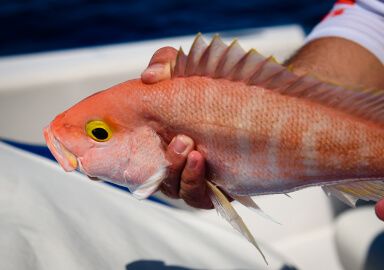 Silk Snapper
3 offers
Silk Snapper
3 offers
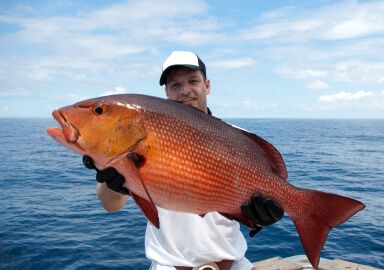 Snapper
275 offers
Snapper
275 offers
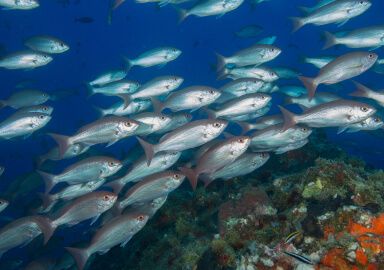 Vermilion Snapper
13 offers
Vermilion Snapper
13 offers
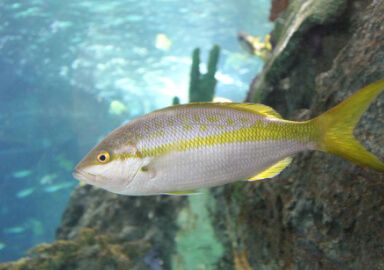 Yellowtail Snapper
24 offers
Yellowtail Snapper
24 offers

